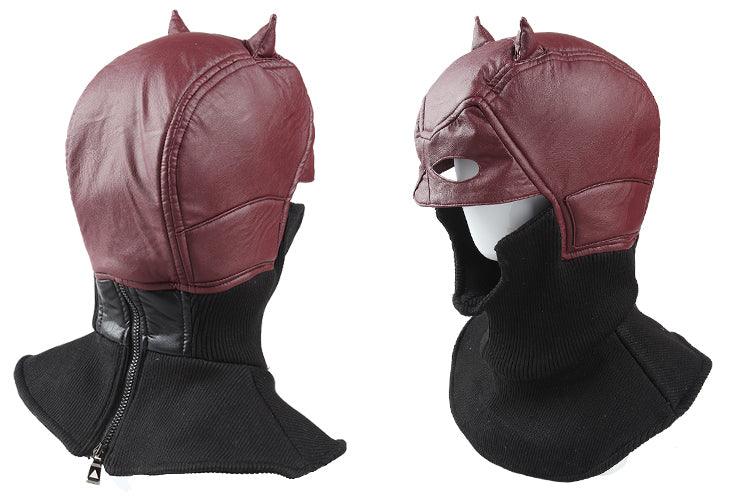Costume jewelry, also known as fashion jewelry, is a type of jewelry designed to complement specific outfits or costumes. Unlike fine jewelry, which is made from precious metals and gemstones, costume jewelry is crafted from less expensive materials. These materials can include base metals, plastics, glass, and synthetic stones. The primary appeal of costume jewelry lies in its affordability, variety, and ability to keep pace with the latest fashion trends.
Terminology and Etymology
Costume jewelry is also referred to by various names, including:
-
Artificial jewelry
-
Imitation jewelry
-
Trinkets
-
Junk jewelry
-
Fake jewelry
-
Fallalery
The term "costume jewelry" dates back to the early 20th century. It reflects the use of the word "costume" to refer to what is now called an "outfit." This type of jewelry was designed to be worn with specific outfits, providing a fashionable and affordable alternative to fine jewelry.
Components and Materials
Originally, costume jewelry was made from inexpensive simulated gemstones, such as rhinestones or lucite, set in metals like pewter, silver, nickel, or brass. During the Great Depression, manufacturers even downgraded rhinestones to meet production costs. During World War II, sterling silver was incorporated into costume jewelry designs due to restrictions on base metals needed for wartime production.
Modern costume jewelry incorporates a wide range of materials, including:
-
High-end crystals and cubic zirconia: These simulated diamonds and semi-precious stones are used in place of precious stones.
-
Gold- or silver-plated brass: These metals provide a luxurious appearance at a fraction of the cost.
-
Vermeil or sterling silver: Higher-end costume jewelry may use these materials.
-
Plastic, acrylic, leather, and wood: These materials offer versatility and vibrant colors for creating intricate designs.
History of Costume Jewelry
Costume jewelry has been part of human culture for almost 300 years. In the 18th century, jewelers began making pieces with inexpensive glass. By the 19th century, costume jewelry made from semi-precious materials became more common, making it accessible to a broader audience.
The golden era of costume jewelry began in the mid-20th century. The new middle class desired beautiful but affordable jewelry, coinciding with the machine age and the industrial revolution. This period saw the production of carefully executed replicas of admired heirloom pieces. As the class structure in America changed, so did measures of real wealth, allowing women from all social stations to own costume jewelry.
Popularization and Influence
Several factors contributed to the popularization of costume jewelry:
-
Hollywood movies: Leading female stars of the 1940s and 1950s often wore and endorsed costume jewelry. For example, Bette Davis wore pieces by Joseff of Hollywood in *The Private Lives of Elizabeth and Essex*, and stars like Vivien Leigh, Elizabeth Taylor, and Jane Russell appeared in advertisements for these pieces.
-
Fashion designers: Coco Chanel greatly popularized the use of faux jewelry, incorporating gold and faux pearls into her designs. Kenneth Jay Lane created unique pieces for celebrities like Jackie Onassis, Elizabeth Taylor, and Audrey Hepburn.
Costume Jewelry vs. Fine Jewelry
The key differences between costume jewelry and fine jewelry lie in the materials used and the intended purpose. Fine jewelry is crafted from solid precious metals like gold, sterling silver, or platinum and features genuine gemstones such as diamonds, sapphires, or emeralds. Fine jewelry is often seen as an investment due to the inherent value of these materials and can be handed down through generations.
In contrast, costume jewelry is made from non-precious materials and is designed to be affordable and fashionable. It allows wearers to experiment with different styles without a substantial financial investment.
Materials Commonly Used in Costume Jewelry
Costume jewelry incorporates a variety of materials, including:
-
Base metals: Common base metals include copper, nickel, aluminum, and brass. These metals are easy to mold and considerably cheaper than precious metals.
-
Gold-plated jewelry: Gold plating involves coating a base metal with a thin layer of gold, providing a shiny, gold-like appearance at a fraction of the cost of solid gold.
-
Sterling silver: Sometimes used in high-end fashion jewelry, sterling silver is 92.5% silver and 7.5% other metals.
-
Simulated stones: Man-made stones designed to imitate the appearance of precious or semi-precious stones, such as cubic zirconia, rhinestones, and colored glass.
-
Plastics and resins: Materials like acrylic, lucite, bakelite, and resin offer versatility and vibrant colors for creating intricate designs.
-
Enamel: Finely ground glass or fused silica mixed with pigments, applied to a surface and fired at high temperatures to create a smooth, glossy coating.
Vintage Costume Jewelry
Vintage costume jewelry refers to pieces that are at least 20 to 25 years old. These pieces offer considerable value to collectors, especially if they are from well-known designers or brands. Vintage costume jewelry often features unique designs and high-quality craftsmanship that can make them highly sought after.
Costume Jewelry in Modern Times
Today, costume jewelry remains a popular choice for fashion enthusiasts. It allows individuals to accessorize their outfits with trendy and stylish pieces without breaking the bank. Costume jewelry is available in a wide range of styles, from simple and understated to extravagant and high-end.
CrazeCosplay and Costume Jewelry
CrazeCosplay.com is an online store specializing in tailor-made anime cosplay costumes, wigs, and accessories. While primarily focused on cosplay costumes, CrazeCosplay also offers a selection of costume jewelry to complement their outfits. For example, their One Piece Jewelry Bonney Cosplay Halloween Costume includes accessories like necklaces and gloves to complete the look.
Rank No.1 and Costume Jewelry
Rank No.1 is a term that can refer to the top-rated or most popular items in a particular category. In the context of costume jewelry, Rank No.1 could refer to the most sought-after or highly rated pieces available on the market. These pieces often feature high-quality materials, unique designs, and endorsements from celebrities or fashion influencers.
Conclusion
Costume jewelry has a rich history and continues to be a popular choice for fashion enthusiasts. Its affordability, variety, and ability to keep up with the latest trends make it an essential part of any wardrobe. Whether you're looking for a simple accessory to complement your outfit or an extravagant piece to make a statement, costume jewelry offers endless possibilities.
Incorporating costume jewelry into your collection allows you to experiment with different styles and express your unique sense of fashion without a significant financial investment. With the wide range of materials and designs available, there's something for everyone in the world of costume jewelry.







